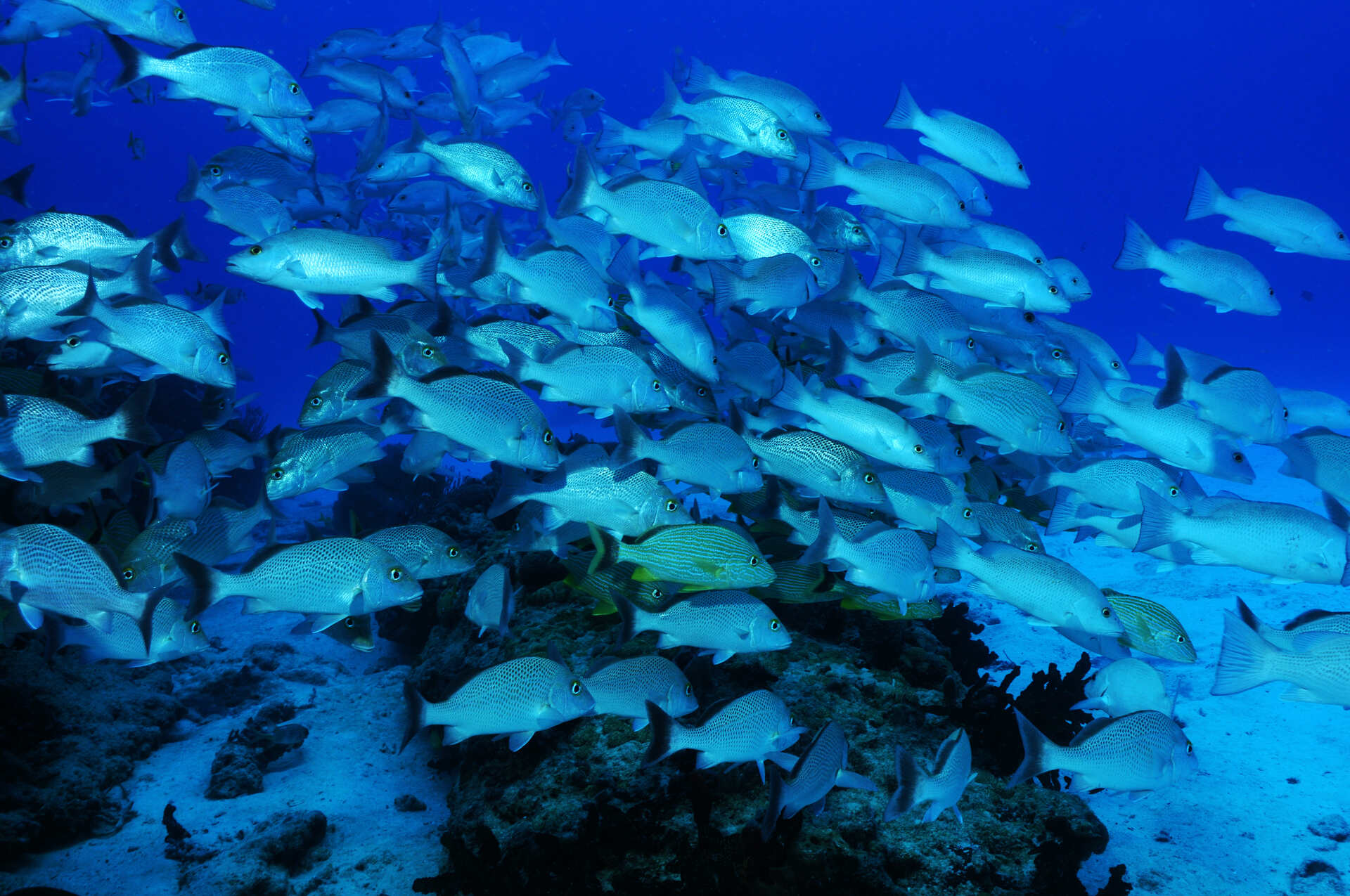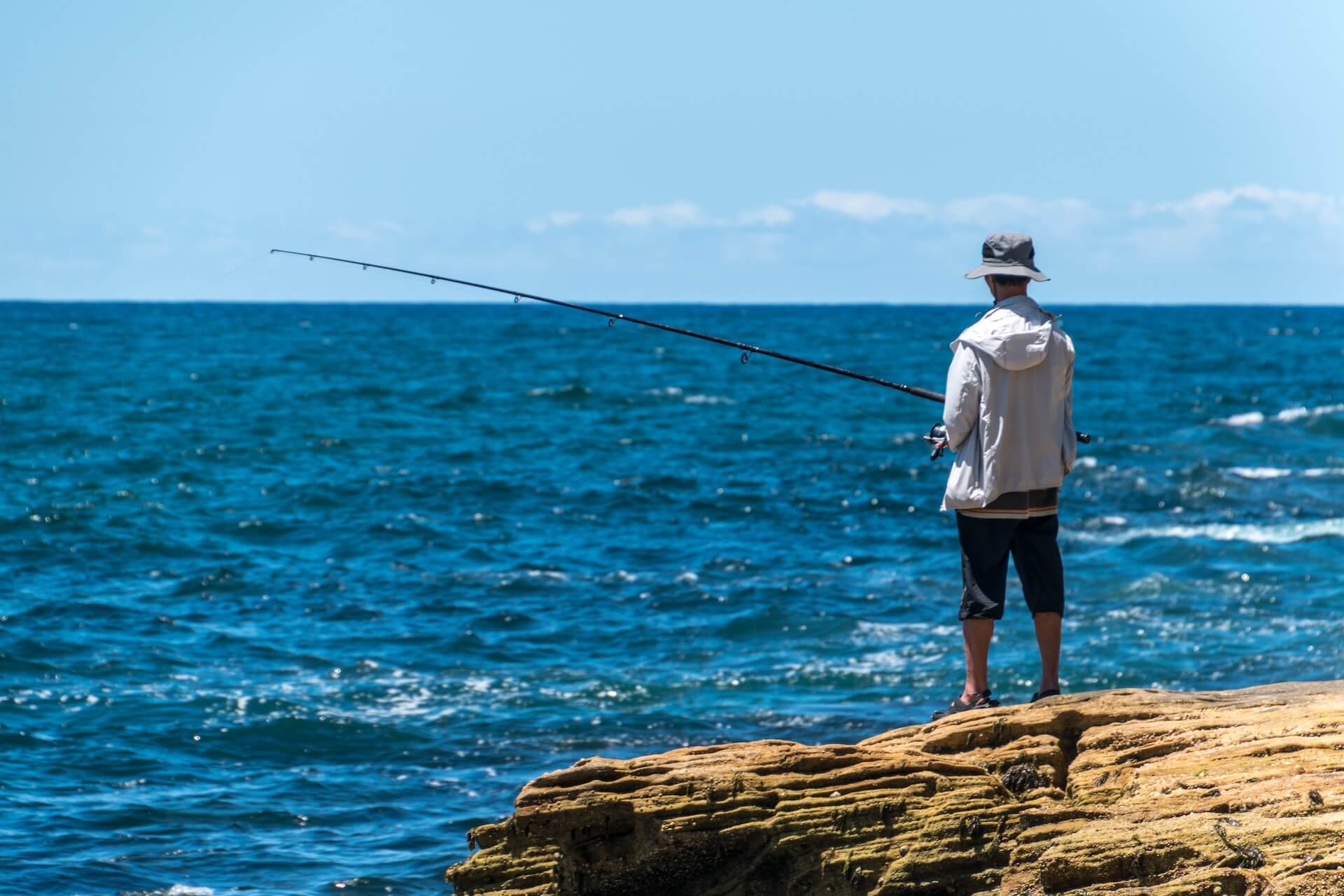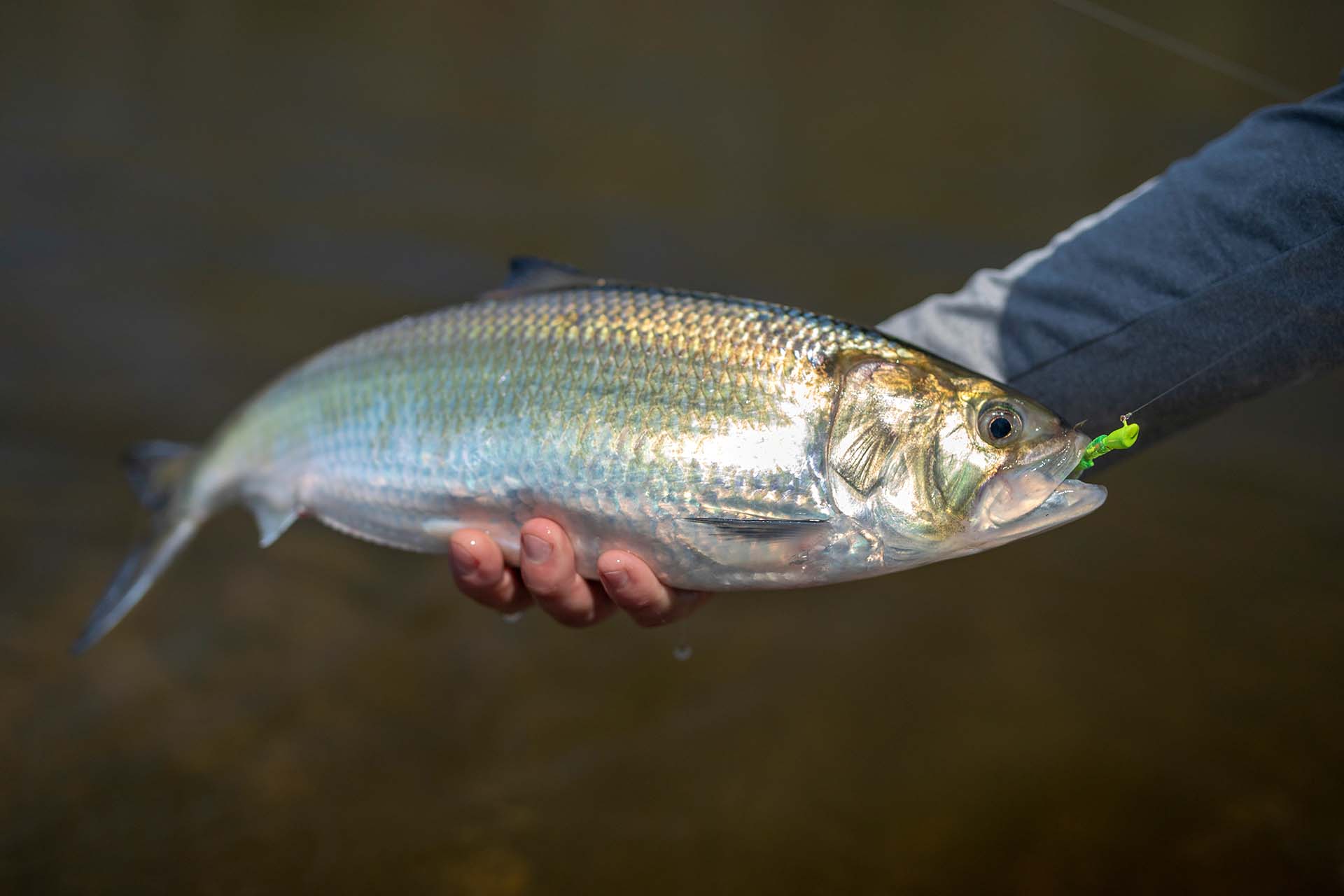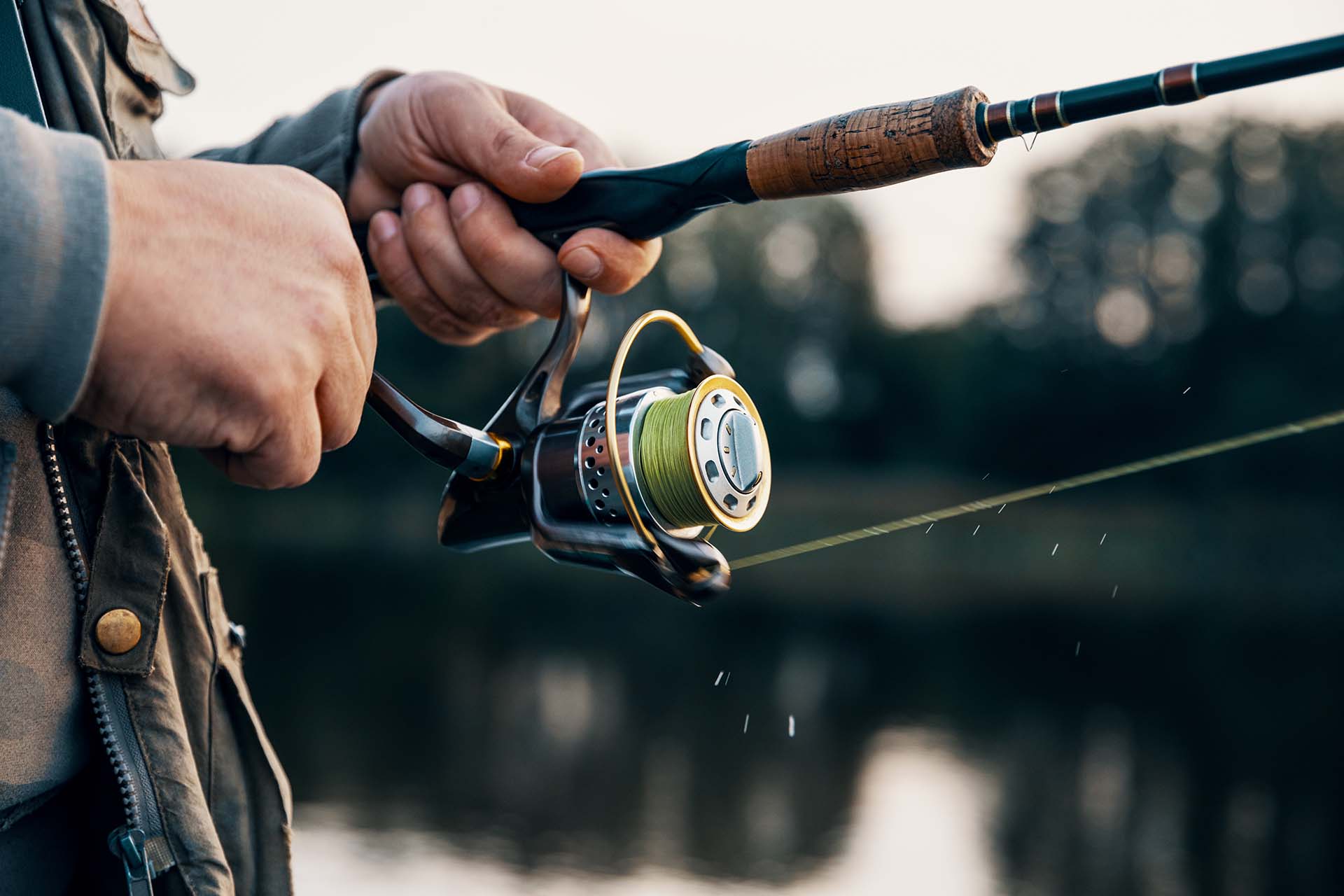Are you an angling connoisseur wondering what are the most common fish in Australia? Not only is this country known for its breathtaking beaches and unique wildlife, but it’s also home to some of the most sought-after aquatic species. From barramundi to the Australian salmon and everything in between, Aussie waters are brimming with tasty undersea delights, so let’s explore the aquatic wonders of this country together.
For years, the most common fish caught in Australia has been the famous barramundi, closely followed by bream, flathead, whiting, and Australian salmon. Here, fishing can be enjoyed all year round, but the best time for each species varies based on their migration patterns, so you should take time to thoroughly research how your target catch behaves. Whether it’s deep-sea fishing or fly fishing, the thrill of landing a catch in the stunning Australian wilderness is a must-do activity for any dedicated angler.
What Are the Top 5 Most Common Fish in Australia
Fishing is a commonly enjoyed pastime in various parts of the world, and one of the most prominent and abundant places for this outdoor activity is in Australia. The country has a diverse range of aquatic habitats, including rivers, lakes, oceans, and reefs that house a vast array of different species.
No matter if you’re a seasoned veteran or a beginner fisherman, knowing the commonly caught species of a region you’re angling in can help you immensely in your fishing endeavors. With a proper understanding of their behavior and preferences, you’ll be able to figure out which fishing technique is suitable for each species, and you’ll definitely end your trip with quite a few catches at the end of your fishing hook.
Let’s take a look at the habitats, behavior, and suitable angling techniques of each favorable Aussie catch:
Barramundi
When it comes to the Aussie waters, the barramundi has been at the top of the list for a long time. This species has a distinctive appearance with a large head, small eyes, and a long body that is laterally compressed. The fish’s scales are silvery-gray in color, with some that have a subtle greenish tinge. Its overall appearance is sleek and streamlined, allowing it to move efficiently through the water.
Barramundi inhabits a variety of freshwater, brackish, and saltwater environments such as rivers, estuaries, mangrove swamps, and coastal bays. They are very adaptable and can survive in varying water conditions, depending on the stage of their life cycle – younger ones prefer the freshwaters, while adult barramundi are commonly found in the ocean. Because of that, there are many suitable styles of fishing for this species, including using lures, live bait, and fly fishing with a lightweight rod and a strong tippet line.
Bream
Bream is another aquatic species commonly found in the rivers, lakes, and estuaries of Australia. It has an oval-shaped body with a small head and a rounded snout, and its scales are silver-gray in color, with some having a subtle greenish-brown hue. Like barramundi, bream have laterally compressed bodies, and this sleek appearance allows them to move effortlessly through the water.
Bream can be found in a variety of freshwater and saltwater habitats, including rivers, lakes, estuaries, and coastal lagoons. They are a hardy species that can thrive in both warm and cold environments and prefer to live in areas with plenty of natural cover, making them a popular target for anglers. These fishermen employ various techniques to land this interesting species, and the most common methods include bait and lure fishing, as well as nymph fly fishing.
Flathead
As its name suggests, the flathead is characterized by its wide, flattened head, as well as a large mouth with sharp teeth. This species has an elongated body that tapers towards the tail, with a mottled grayish-brown color on its back that fades into a white belly. The scales are rough and spiny, providing protection against predators.
Flathead is the most common fish in South Australia, commonly found in the coastal waters of this region. They inhabit a range of aquatic habitats, including estuaries, bays, and inshore reefs, and prefer to live in shallow waters with sandy or muddy bottoms, where they can bury themselves and wait for prey to swim past. As a result, there are several effective techniques for catching flatheads, with the most popular choice being bait fishing, lure fishing, and jigging, with anglers often adding scent to their bait.
Whiting
Whiting is another species most commonly found in southern Australian waters. They have slender, elongated bodies with pointed heads and small mouths. Whiting is typically silver-gray in color with green iridescence and a faint blue or green stripe running down its sides. The body is covered in small scales, and the tail fin is deeply forked, allowing for swift swimming.
This species prefers shallow, sandy, or seagrass-covered bottoms in bays, estuaries, and coastal beaches. They can be found in both brackish and saltwater habitats and can sometimes be seen near reefs, rocky outcrops, and seagrass coverings. They are commonly caught using bait fishing, lure fishing, and jigging, in which it’s important to create a presentation that resembles small bait fish or crustaceans.
Australian Salmon
If you’re wondering what the most common fish to eat in Australia is, the answer is quite obvious – it’s the delicious Australian salmon. This species has an elongated, slender body and a deeply curved tail. It is typically greenish to bluish-gray on the top half of its body, with silvery sides and a pale belly, while its fins are reddish-orange to gray with dusky tips. Its scales are relatively large in size, and it has two dorsal fins, the first being slightly larger than the second.
Australian salmon are found in temperate, coastal waters, as they prefer near-shore areas with sandy bottoms, which they use as a nursery ground to lay their eggs. They travel up rivers for spawning during the late summer and autumn months, and adults inhabit deeper offshore waters. Because of that, it’s best to angle for this species either from a boat or from the shore with a lightweight fishing reel and small lures. The anglers who prefer to fish at night will be delighted to know that Australian salmon are the most active during dusk or dawn.
What Are Some Other Common Fish Species in Australia
Of course, the species listed above are not all that the abundant Aussie waters have to offer. With the right fishing rod by your side, here are a few other species that might end up on your fish hook:
- Australian herring – abundant schooling species often used as bait for larger predatory fish,
- Kingfish – powerful species that inhabit rocky reefs and open water, prized and wide-known for their fighting abilities,
- Snapper – large, reddish-pink species found in rocky reefs and coastal waters known for its delicious flesh,
- Gummy shark – a type of shark with soft, flaky flesh, caught mainly in southern Australian waters,
- Tuna – a pelagic fish that ranges in size from small skipjack tuna to large bluefin tuna, prized for their meat.
Of course, this is not an exhaustive list of Australian aquatic species, as you could probably write a whole book about the unique sea life you can find in this part of the world. The Great Barrier Reef alone boasts over 1,500 species, and you’ll find plenty of different fish across the entire continent.

What Are the Regional Differences in Fish Populations?
As geography and climate create the weather and water conditions of any place, the specific factors that are at play in Australia play an important role in shaping the populations of each aquatic species. In this part of the world, coastal areas with rocky shorelines, estuaries, bays, and coves provide habitats for different species to feed and breed.
Thanks to its geographical isolation and diverse climate, Australia is home to unique and vibrant aquatic life. The country’s varied coastline and wide range of climatic conditions mean that species can exist in many different habitats, from shallow tropical reefs to deep oceanic environments. Considering there are differences between specific regions of this continent, here’s an overview of what you can expect from each part, along with the most popular fishing destinations:
| Region of Australia | Commonly Found Species | Popular Fishing Destinations |
|---|---|---|
| Northern Queensland | Barramundi, Flathead, Kingfish, Snapper, Whiting | Hinchinbrook Island, Cairns, Great Barrier Reef |
| Southern Queensland | Bream, Snapper, Whiting | Hervey Bay, Moreton Bay, Gold Coast |
| Western Australia | Gummy Shark, Herring, Shark, Tuna | Esperance, Exmouth Gulf, Kalbarri |
| South Australia | Salmon, Trout | Kangaroo Island, Spencer Gulf, Glenelg River |
| Victoria | Bream, Trout | Lakes Entrance, Wilsons Promontory Marine Park, East Gippsland |
| Tasmania | Atlantic Salmon | Blue Lake Reserve, Gordon River, Tasmanian Central Plateau Lakes |
It’s Important to Know the Optimal Water Temperature for the Species You’re Targeting
As mentioned, the water temperature affects the abundance of species that can survive in a certain region. It’s crucial to know the optimal water temperature of your target, as it’ll guide you through when and how you should go about catching them. For example, many saltwater fish prefer temperatures between 16-24 °C (60-75 °F), so the best time to go saltwater fly fishing is between April and October when the water reaches such temperatures.
Of course, seasonality influences the type and number of species found in a particular region at any given time. So, besides your fishing rod, consider the weather forecast as your new angling partner. Finally, the presence of pollutants can have an impact on fishing populations, significantly affecting their habitat quality or reducing the availability of food sources. That’s why it’s important that every angler enjoys this outdoor activity in the most sustainable way possible.

Why Knowing the Common Fish in Australia Is Important
Taking the time and effort to research the most popular species in Australia will surely turn out to be quite beneficial. First things first, familiarizing yourself with their behavior and eating habits, as well as preferred habitats, can help you tailor your angling technique and choice of bait to make sure your fishing trip ends up successfully.
However, it’s also crucial to follow the fishing regulations and restrictions of each region and practice catch-and-release methods such as removing the hook without hurting the fish. No matter your target, it’s important to do your part as an angler and ensure abundant aquatic populations for future generations.
It’s Time to Go Out There and Catch an Australian Trophy of Your Own
To sum it up, Aussie waters are home to some great fishing opportunities. From barramundi to Australian salmon, it’s always crucial to know their habits and behaviors, so your angling endeavors end up with success. So, let’s take what we can from the sea while also preserving its beauty for generations to come. Here’s hoping for plenty of great catches!







